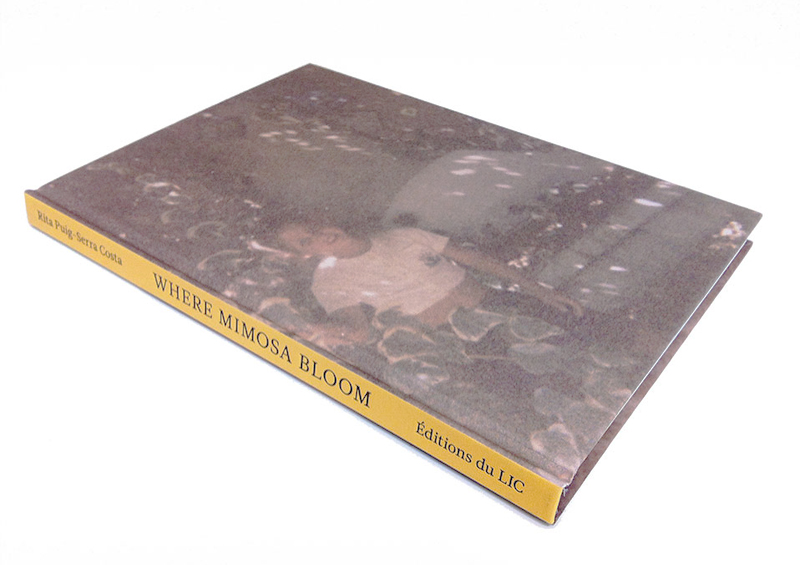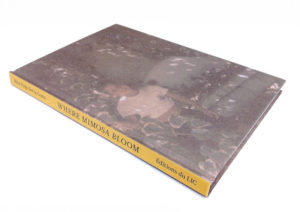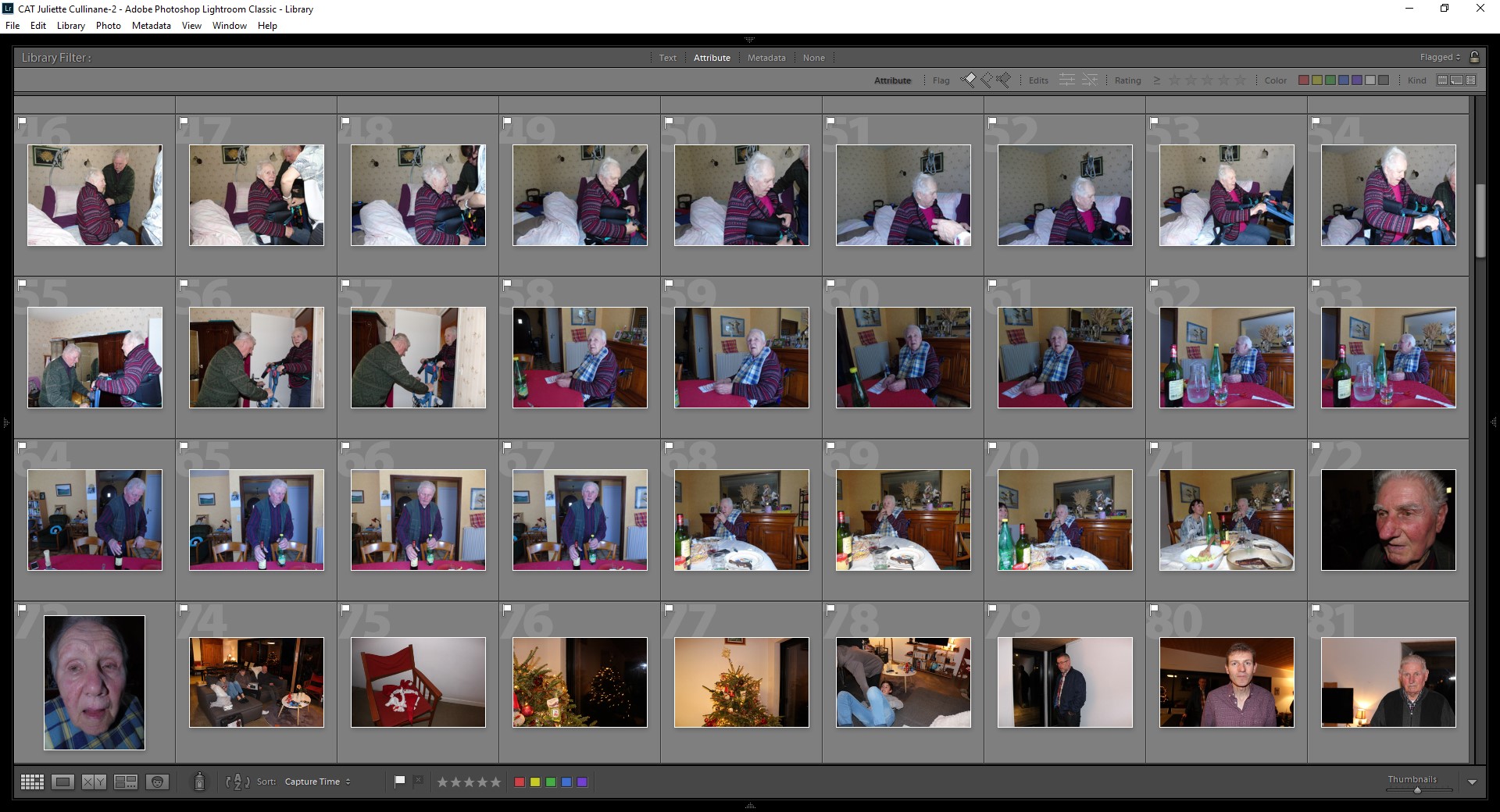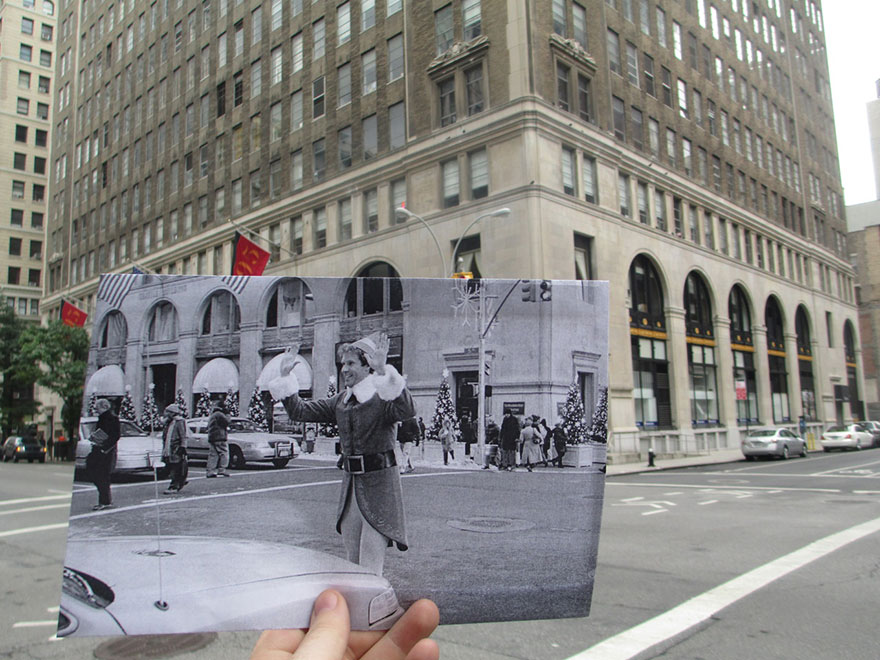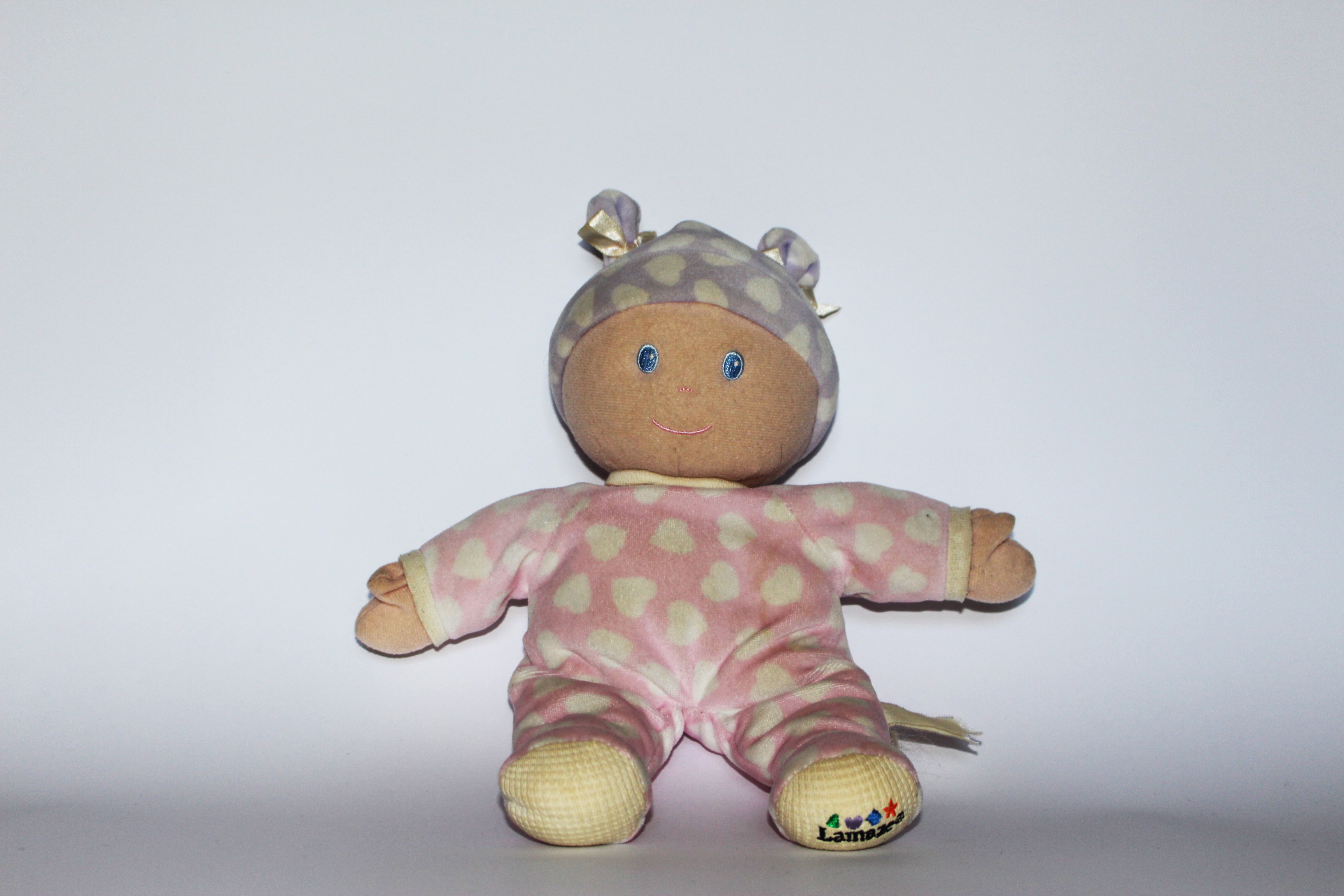1. Research a photo-book (select one you have looked at previously in your project) and describe what story/ narrative the book is telling – its subject-matter, genre, style, approach etc.
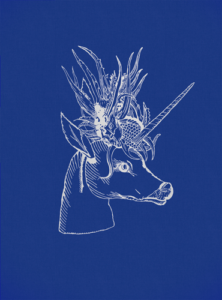
I have previously fully explored a book circulating the meaning of the human body and the emotions it can express, however, Because I feel as if I have annotated this book enough that it would be more beneficial for myself to look at a different book for a new fresh perspective of inspiration. I chose this book due to its eye catching images based off surrealism, with the contextual side of influences such as mystical stories and the sublime experiences people have shared. All the images have a direct narrative and area of interests, that I too wanted to show in my images.
The creator of this book traveled many breadths from the north of Iceland further travelling to the south, east and West, all in order to search for where magical beings live. She sought out people who have a special ability to see them, asking around in every gas station, library, grocery store or hotel for anyone who could communicate with the Beings of the Earth. She was never deterred but the wild of the Icelandic weather being unforgiving. she persisted through language barriers of Spanish speaking stranger, continuing to trek over the most remote parts of the country. She was powered by her curiosity and imagination, her journey was long, but she found many people who were certain of their experiences. The people Bego visited shared their deeply personal experiences with the magical Beings of the Earth, and she reveals all in this fascinating book. Bego says, “I’m not a dreamer, but I do believe that every reality deserves to be examined and that there can be an intermediate world between reality and imagination.” I find her attitude compelling and I think it was interesting to see an environment of people who would usually be said to be crazed and isolated from society, being shown interest in and welcomed to share experiences. In a fascinating and in such a unique and creative manner. Not only are her images more surreal in the way she uses composition in order to express and individuals mind, the use of coloured rainbows over images exploits a typical mind set of the mystique. Not only do the images themselves express a reality of stories but the stories themselves are displayed beautifully and shown to be from a demeanour of understanding and belief, rather than of mocking someone. The style of this book is so unique, which is to my mind why I find it so fascinating. Her approach is so individualistic but works for each person in such a unique manner. Each of her images have the ability to keep their own and are so interesting as an individual image.
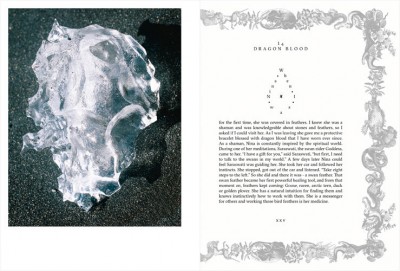
2. Who is the photographer? Why did he/she make it? (intentions/ reasons) Who is it for? (audience) How was it received? (any press, awards, legacy etc.)
She made this book in order to find out more about the subject matter themselves, and as an insight into these people and what there beliefs are. The artist believes what these people can see is a gift and should be celebrated through any means, this is why she explores this as a ability or strength. In order to know how to photograph the person she asks them an arrangement of weird and fascinating questions. She states that ‘nature is our temple, so we call magic things we cannot understand, we have no reason to belive our five senses are enough to see the world, when you turn on the radio do you hear the waves?’ I believe it was well received as it was a unique and a new spectrum of photography work that had never been done before , I do not belive it won any awards, however it was widely loved within many communities. I understand that the audience they are trying to communicate with are those who are also interested within the views and abilities of other people. Perhaps they too think they have an ability, however I think it would be more likely for them to get this book as more of a spiritual development of people and their surrounding. I think due to the writers attitude of love and passion for her discovery of this topic it allows people to see this through her work and so too be inspired.
However not all the imagery is just a fantasy, her landscape imagery shows a significant talent and a complete relationship within the landscape is too found within herself. Her capability to not only caption emotion, but a distinct and unique narrative to each and every individual is the pivotal point of her unique style and methods. I belive many people would also purchase this book due to the accord of the successful surreal imagery, she is a prime example of surreal art without having to take it through extreme editing, she perfectly captures a moment of sanctity accompanied with fantasy.

If it were possible, I would be interested in too finding similarities such as this in order to make my book more interesting, Including the use of stories to give more of a narrative to my images, Interesting colour concepts that connote the feeling of emotions of the person themselves, The composition and layout of the book having pages overlapping on another and a multitude of images over a double spread. Lastly, The use of having a dynamic design on the front which is an illustrations of the ideas and beliefs of the people, I think the colour and design on the front is part of the unique ability of the book, and creates an interest for the reader.

